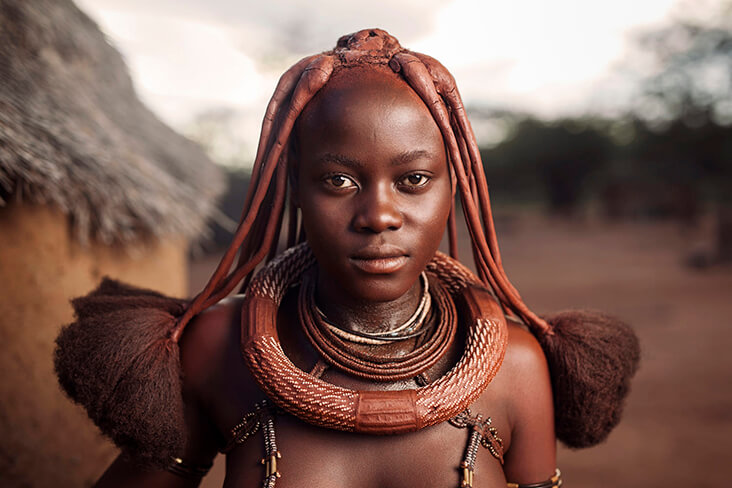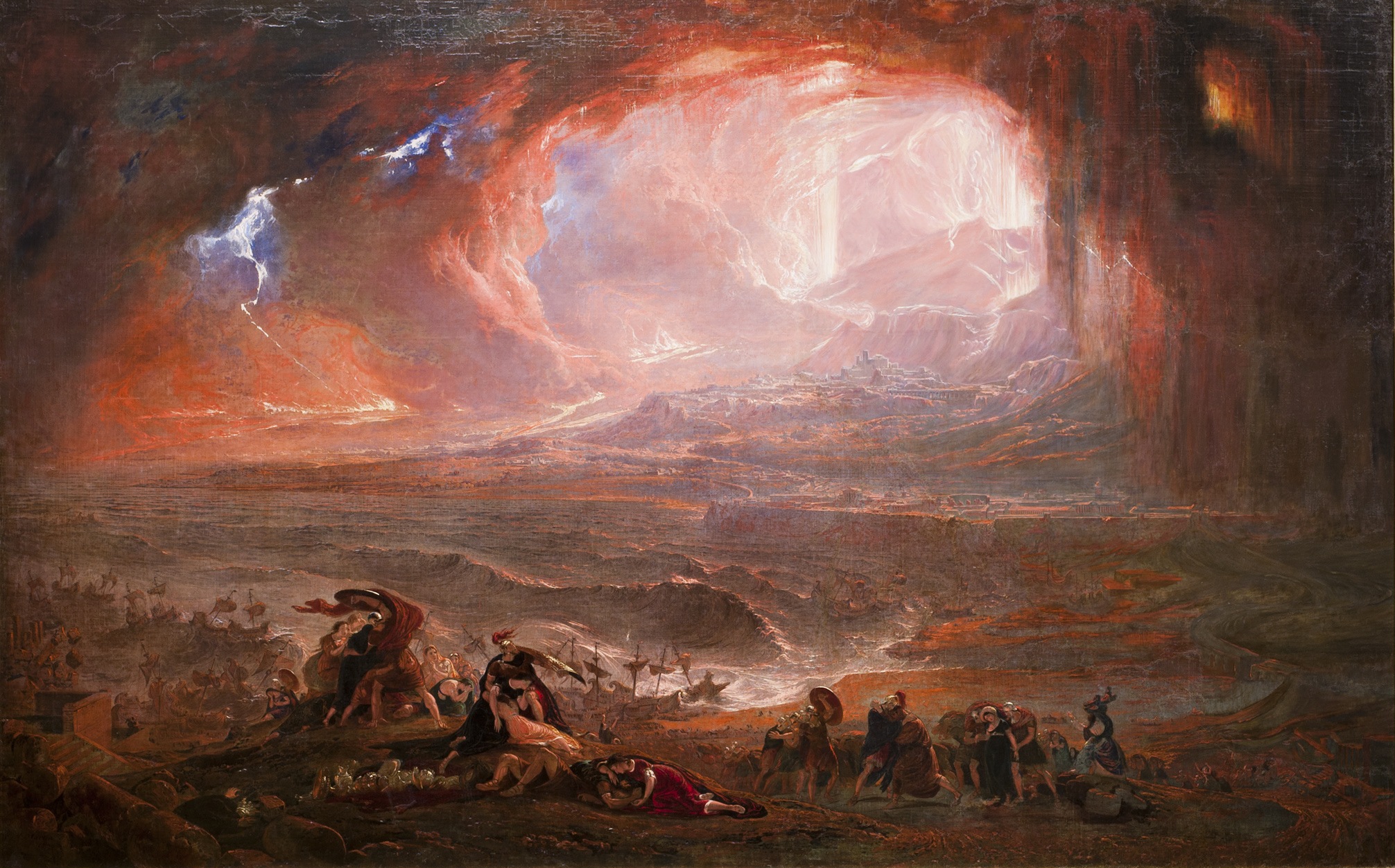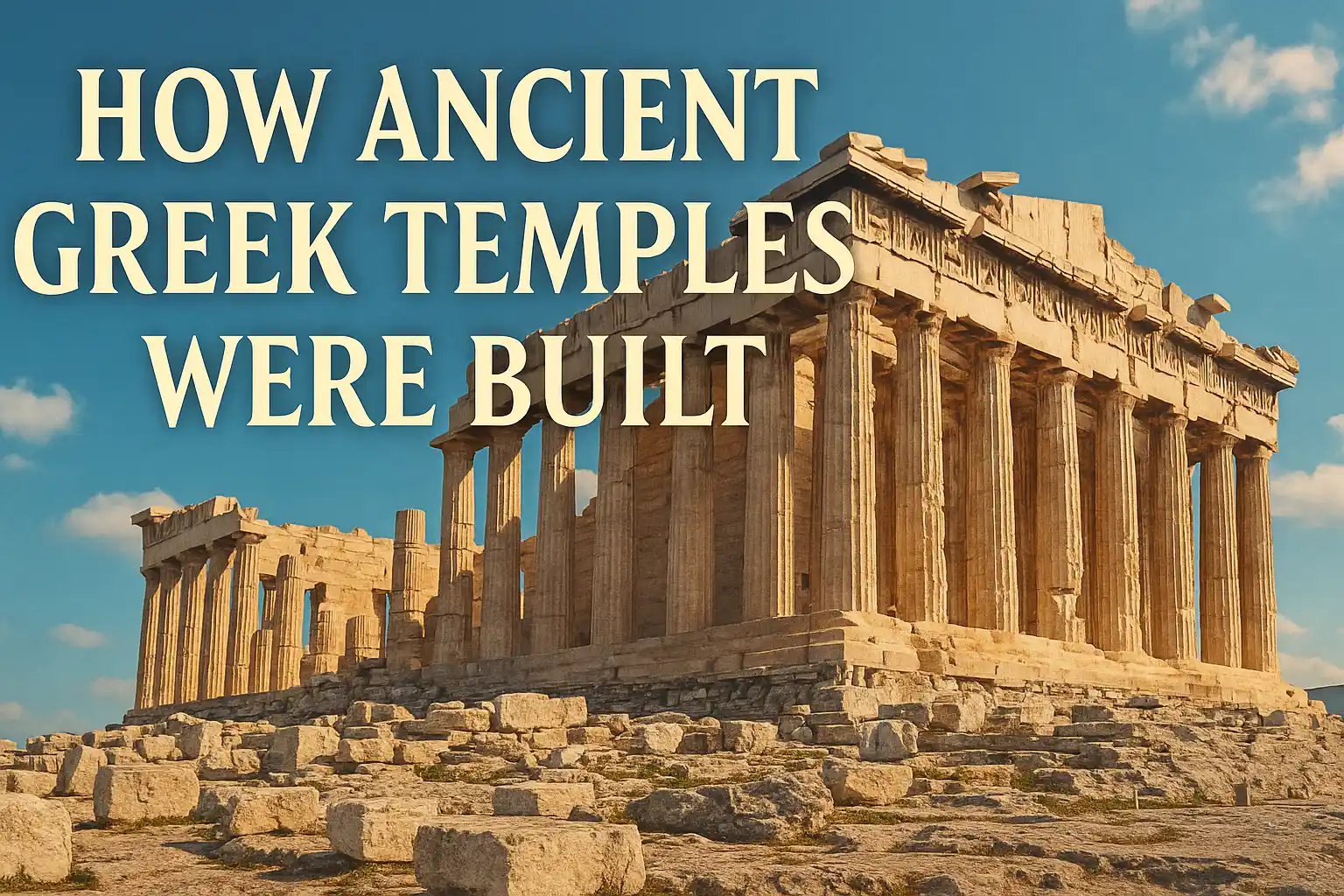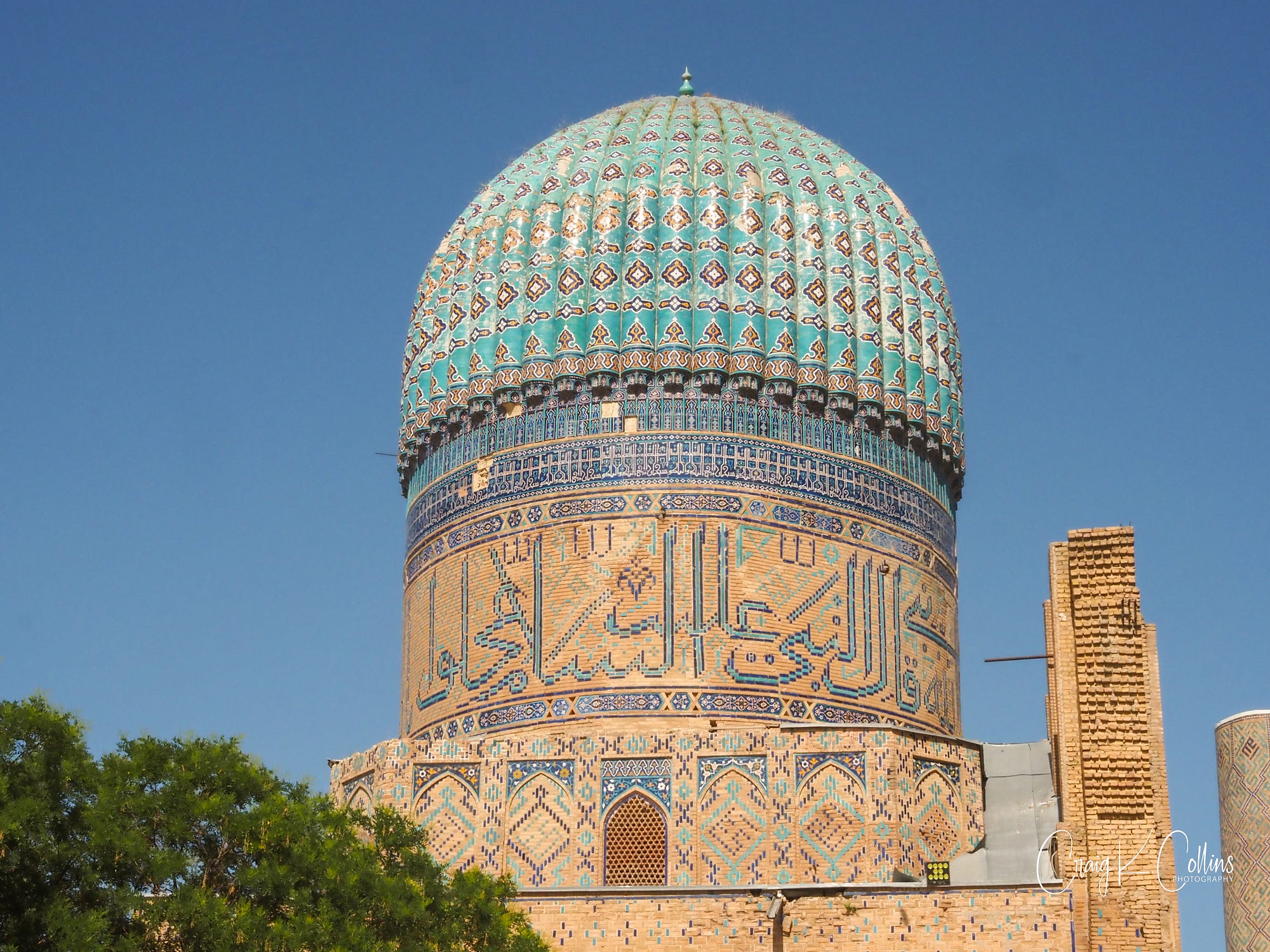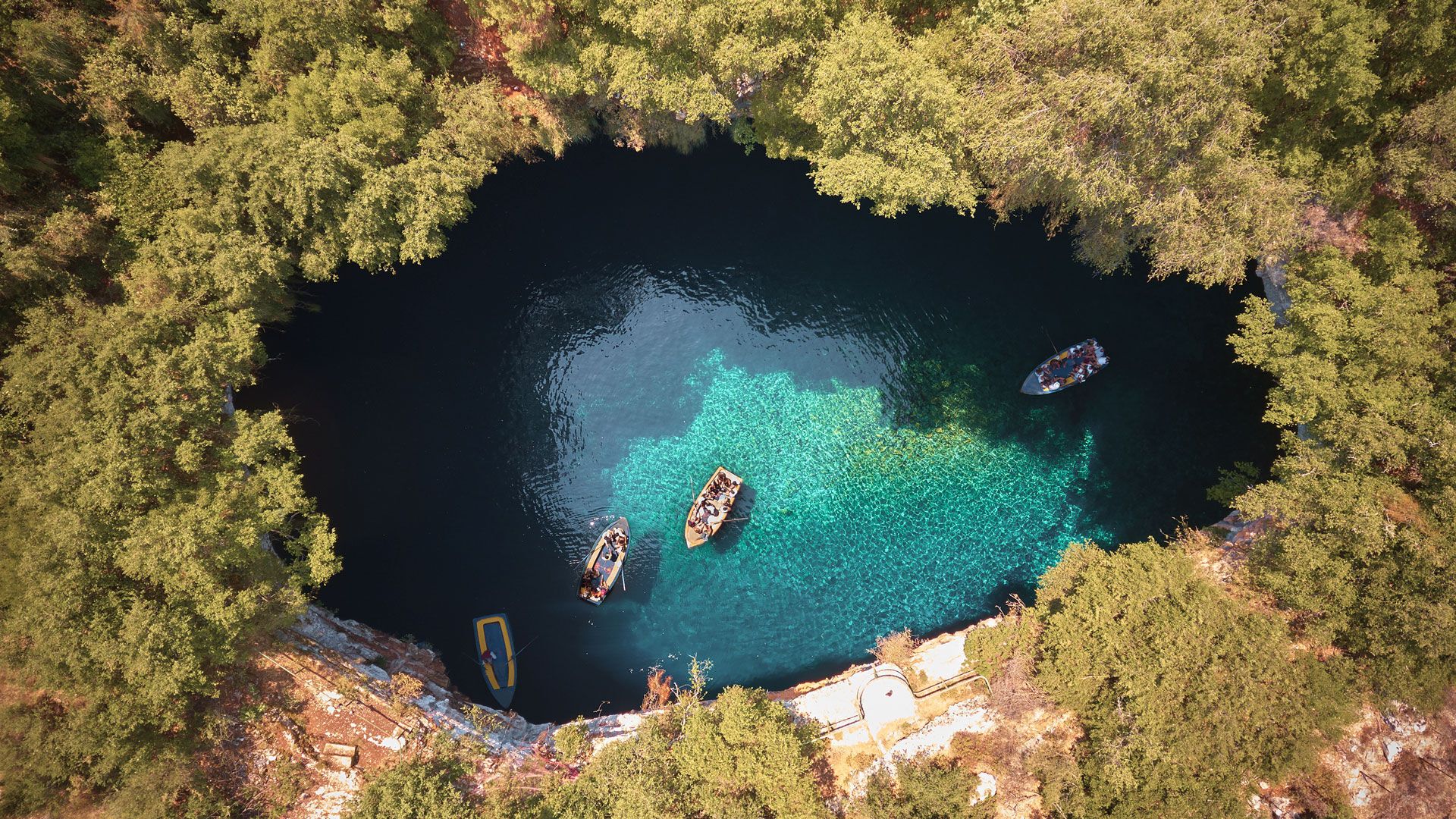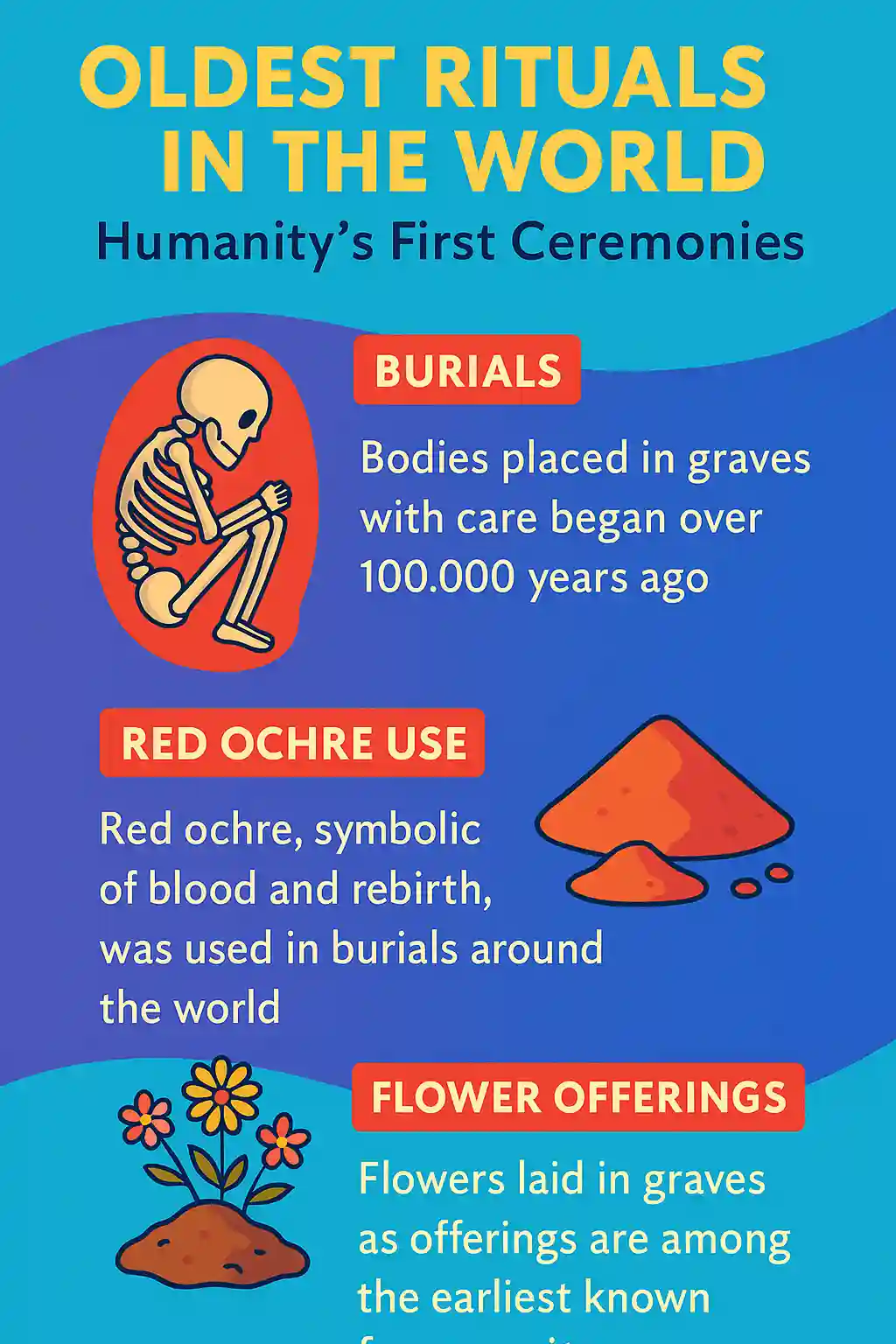
Long before humans carved symbols or planted fields, they paused in the face of death. Not with fear alone, but with ritual. From ochre-smeared burials to animal offerings and celestial tombs, the oldest rituals in the world reveal a profound, ancient effort to honor, remember, and transform grief into something sacred.
These practices didn’t arise from a single region or civilization. They emerged independently across the globe—from the hills of Israel to the coasts of Africa and the tombs of ancient Ireland. What unites them is the unmistakable mark of human intention—turning death into a moment of meaning.
First Burials: Seeds of the Sacred
Ritual begins where the body meets earth. At Qafzeh and Skhul caves in modern-day Israel, archaeologists unearthed graves dating back more than 120,000 years. The deceased were not simply discarded. They were laid in fetal positions, their heads turned, their bodies dusted with red pigment. In one grave, antlers rested near a child’s chest—perhaps the earliest offering to the dead.
As National Geographic reported, these burials reveal something profound: humans were not just surviving. They were already storytelling, grieving, and ritualizing death—foundations of the oldest rituals in the world.
Red Ochre: A Color Across Millennia
From Paleolithic Africa to Ice Age Europe, red ochre appears again and again in ancient burial sites. Its rich red hue, resembling blood and fire, may have symbolized life force, renewal, or protection. At South Africa’s Blombos Cave, ochre-stained beads, paint, and carving tools suggest both body decoration and ceremonial use.
The repetition of ochre in graves around the world implies a symbolic language before spoken words. As explored in Smithsonian Magazine, early humans used ochre not for function—but for belief. This pigment, applied over millennia, connects burial acts across cultures into one thread of the oldest rituals in the world.
Flowers and Animal Remains: Signs of Meaning
Near Mount Carmel in Israel, 13,000-year-old graves tell a softer story. In Raqefet Cave, the Natufian people placed their dead on beds of sage and wildflowers. Traces of mint, sage, and other fragrant plants persisted in the soil beneath the skeletons.
These were not crops. They were not food. They were gestures of love, beauty, and farewell. As reported by ScienceDaily, these are the earliest known floral offerings in burial, making them one of the gentlest examples of the oldest rituals in the world.
Elsewhere, in Hilazon Tachtit Cave, a woman was buried with 50 tortoise shells, a leopard’s pelvis, eagle bones, and boar parts. Believed to be a spiritual leader or shaman, her grave marks death not as an end—but as ceremony. The deliberate placement of these animals reflects a rich symbolic world that honored transformation.
Cremation: Fire and Release
Around 7000 BCE, the first known cremation in the Near East was performed at Beisamoun. Here, a human body was burned in a pit, with the surrounding earth hardened by flame. Cremation introduced a new idea into ancient funerary practice: transformation through fire.
This evolution in how humans treated the dead expanded the diversity of the oldest rituals in the world. Fire cleansed, released, or elevated the spirit. It was more than disposal—it was purification. Over time, cremation became widespread in parts of Asia, Europe, and the Mediterranean, signifying a deepening relationship with the spiritual nature of death.
Tombs That Touch the Sky: Sacred Architecture
As societies settled and grew, rituals became monumental. In Neolithic Europe, communities began constructing megalithic tombs—massive stone burial sites aligned with the sun, moon, or stars. One of the most iconic examples, Newgrange in Ireland, is over 5,000 years old and designed so that on the winter solstice, sunlight floods its inner chamber.
These tombs took years, even generations, to build. Their alignment with celestial events suggests not only technical knowledge but deep ritual significance. These were not graves alone—they were cosmic portals. They embody the oldest rituals in the world not just in age, but in purpose: to link human mortality with the rhythms of the universe.
This sacred architectural impulse is mirrored in ancient Greek burial caves, as explored in this article from MaxMag.org, which delves into how Greeks turned nature into shrines for the dead—creating spaces that were both physical and spiritual thresholds.
The Pyramid Texts: Language Meets Ritual
Around 2400 BCE in Egypt, the Pyramid Texts were carved into royal tombs. These hieroglyphic spells and hymns guided the pharaoh into the afterlife—warding off threats, summoning gods, and ensuring eternal life.
This was a new level of ritual: scripted, performative, and deeply theological. Words became part of the ceremony. Priests recited them. Builders inscribed them. Ritual was no longer only physical—it was intellectual, literary, and legal.
These texts represent a significant moment in the development of the oldest rituals in the world: the fusion of belief with writing, memory with monument.
From Jade to Marigolds: American Traditions
In Mesoamerica, ancient Maya and Aztec societies carried out elaborate funerary rituals. The Maya buried their dead with jade, obsidian, and maize—symbolizing purity, power, and sustenance for the journey through the underworld.
The Aztecs believed the soul’s journey took four years through trials and challenges. Offerings, such as masks, incense, and even sacrificed animals, were given to guide and protect the dead.
These practices live on today. Día de los Muertos, or Day of the Dead, is a direct descendant. Families create altars covered in marigolds, candles, and sugar skulls, inviting loved ones to return for a night of remembrance. These enduring practices are a vibrant continuation of the oldest rituals in the world—with memory passed through flowers, food, and fire.
Death with Companions: Animal Burials
In Iron Age Europe and early Rome, people were often buried with animals. Sometimes these were practical beasts like pigs or horses, but many were pets or sacred creatures. A famous example from ancient Italy shows a young woman buried in close embrace with her dog.
These burials reflect a belief in continuity after death—a realm where animals followed or served their humans. They show that ritual extended beyond species, incorporating relationships that mattered in life and death.
The Rituals Still Among Us
Why do rituals endure? Because they help us carry what cannot be explained—grief, love, uncertainty. Whether it’s painting a skull with ochre, lighting a candle at a funeral, or posting an online tribute, we continue to respond to death with intention.
The oldest rituals in the world were not invented. They emerged. From instinct and emotion. From fear and hope. And today, they still shape how we say goodbye, how we grieve, and how we remember.
Frequently Asked Questions
Q1: What are the oldest rituals in the world?
Q2: Did these rituals happen in one place?
Q3: Why is red ochre important in ancient burials?
Q4: What’s the difference between burial and cremation in early rituals?
Q5: Do modern funeral traditions stem from these early rituals?
The oldest known rituals include intentional burials, use of red ochre in graves, floral offerings, cremation, and symbolic architecture such as megalithic tombs.

